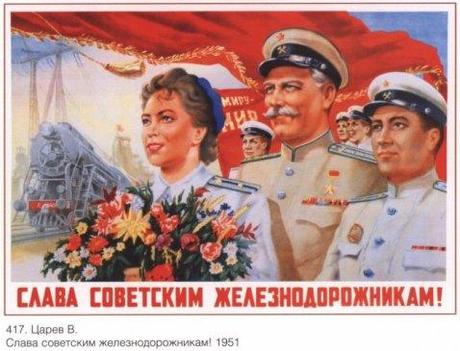On the third day of January in 1989, the first commercial advertisement was published in the prominent Soviet newspaper, Izvestia. The name Izvestia means “the news.” In those days, instead of inserting ads inside of regular articles, Izvestia reserved a section of the paper just for advertising.
From the October Revolution in 1917 and until the 1920s, advertising had been banned in the Soviet Union. Along came what was called the Новая экономическая политика (НЭП) or “new economic policy.” This was Vladimir Lenin’s attempt to light a fire under the failed economic ideas of the Communists. He called it “state capitalism,” and it was naturally limited to the state. Heaven forbid that individuals might enjoy any measure of prosperity.
Soviet commercial advertising began in the 1920s, the time of the so-called New Economic Policy. In those days, advertising was not free as it had been before the October Revolution of 1917. Advertising was state-controlled and only allowed in national newspapers.
Lenin’s new economic policy did not last; so neither did advertising. Iosef (Joseph) Dze Jugashvili (nicknamed “Stalin” meaning “man of steel”) rose to power in 1922, and by the 1930s the economic policies had changed. As a result, advertising was banned and would only return in the 1960s.
The state could advertise however, and did so mainly via posters and billboards. The criteria for production of these posters was an ideal termed as “Soviet realism.” Only themes that promoted Soviet messages could be printed. Much of this art featured a cross section of society looking brightly ahead, confident in their future under communism.
The poster pictured below proclaims “Glory to the Soviet Railroad.”

In the 1960s the Soviet economy was struggled for access to convertible currency and the government began attempts to develop broader trade relations. For those reasons, advertising was dusted off and brought back for public consumption. Such advertising was subject to strict government control.
Other posters, such as the one below, admonished workers not to lose/waste working time. Such ads were designed to enshrine Communist ideals in society.

As part of the перестройка or гласность (openness) of the late 1980s the doors to advertising were opened again. Today, advertising plays a very important role in former Soviet countries by encouraging consumers to purchase goods and services.

The Holsten beer advertisement was photographed on a bus board near the Cathedral of Christ the Saviour and just a short stroll from the Kremlin.
Below, the large Крошка Картошка (Little Potato) kiosk near Victory Park is adorned with advertisement for their potatoes. (Editors note: despite the name, there is nothing little about the potatoes served at Kroshka Kartoshka cafes.)

Recent laws passed are aimed at prohibiting anything that, in the eyes of government regulators, promotes ideas or themes contrary to values deemed appropriate for society.
About these ads
